I get lots of requests from readers that would like me to tell them how old their Martin ukulele is and what style it is. I love getting these requests!
Most of the senders think to include a picture or two, but they are often not very helpful in allowing me to answer their questions. So I thought I would provide some examples of what information and what types of photos can help with identification.
The first piece of information is going to be the overall length of the ukulele and/or the length between the saddle and the nut. For those unfamiliar with the instruments, the saddle and nut are the two ‘bars’, usually ebony, that the strings go over at each end of their run. For an ukulele you are going to get 13 inches, 15 inches or 17 inches. There are larger ones as well, but these are the three primary sizes.
A good overall shot of the instrument is always a good start. It allows one to check the location of the fret markers and is usually enough to identify the style. I can also tell this is mahogany and not koa wood. Even as fuzzy as this is, I can clearly identify it as a Style 1.
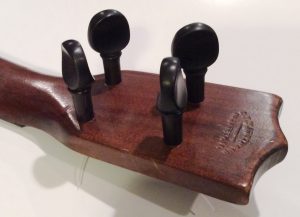 |
The tuners and back of the head, a bit of an angle allowing one to see if the back is imprinted and a good side view of the tuners. |
| Another shot from the front to show the decal on the head and the pins on the front, again a slight angle is helpful. | 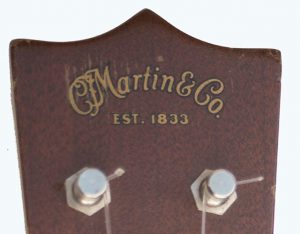 |
Another good shot is a side view of the neck so that the frets can be seen. This helps determine whether the frets are bar frets or T-frets which narrows down the production years as well.
With this information I can usually narrow down the age to within a decade and can positively identify what style the instrument is. Depending on where it falls, I may ask for additional information to further refine the time frame.
I don’t typically give values for an instrument. Without physically inspecting the instrument and being able to play it, I can’t really tell the condition. With the style and date estimates, you can go out and look for comparable priced instruments on the various auction sites and resale shops. I tend to trust the valuations from Elderly Instruments the most, they have knowledgeable luthiers and access to a couple of the top ukulele collectors in the country.
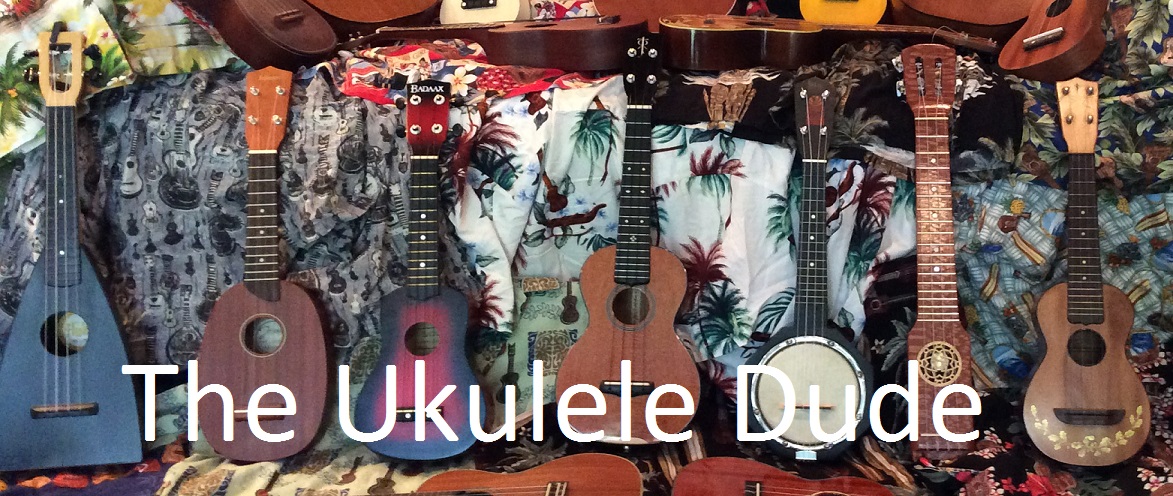

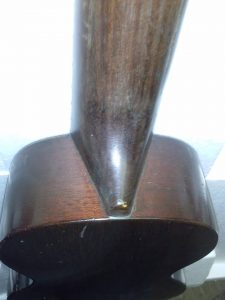
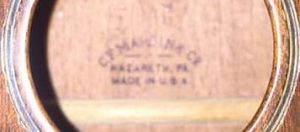
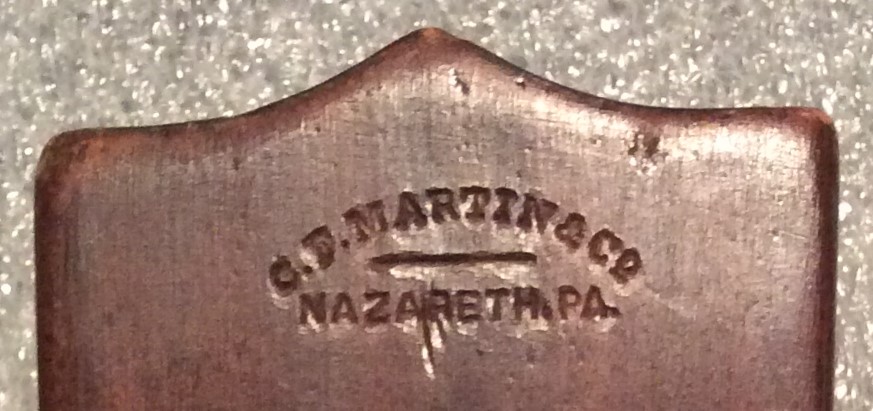
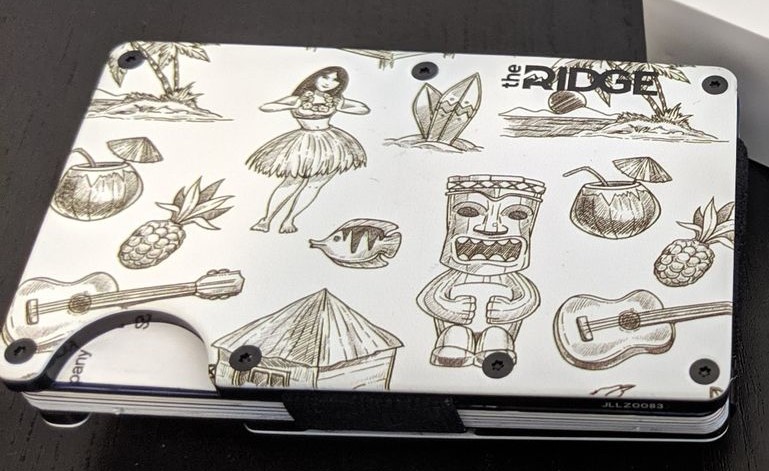
Hey – love your site. I have a 60’s (I think?) Martin Uke that has lost one white plastic tuning peg ‘button’ – still have the inner tuner cylinder! But anyway – I’m looking for one ivory-ish Martin Uke tuner. Do you have one? Can you recommend someone? Is this something one could 3D print a replacement for? Obviously it’d be better to get something similar, it’s a sweet little instrument that just needs – – a peg up! haha. Cheers and thanks, Biff